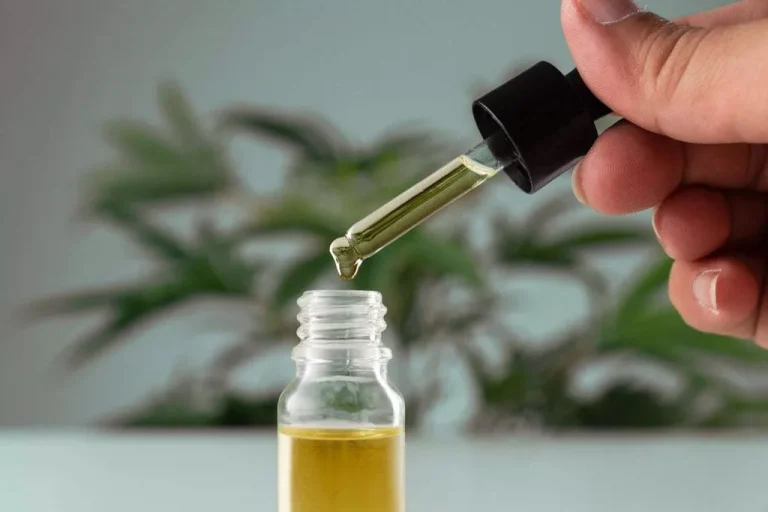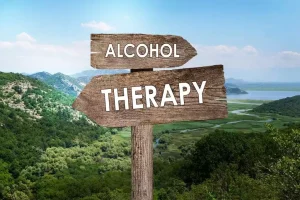
For example, other cross-tolerant medications, such as barbiturates, would be expected to relieve withdrawal symptoms and prevent withdrawal seizures and DT’s. In fact, a few studies have demonstrated that long-acting barbiturates can ease withdrawal symptoms. However, controlled studies have not provided sufficient data to demonstrate that these agents can prevent seizures or DT’s. Furthermore, barbiturates have a narrow therapeutic index—that is, the difference between the minimum dose required for a therapeutic effect and the dose at which the agents become toxic is small. People can experience a wide range of symptoms—ranging from mild to moderate to severe—that start and stop at different times for each person. Treatment options vary from state to state, says Farrell, but generally, people have the option to engage in an outpatient program where they can begin identifying how their addictive behavior began in the first place.

Conditions
Consequently, when the alcohol level is suddenly lowered, the brain remains in a hyperactive, or hyperexcited, state, causing withdrawal syndrome. The frequency and setting for outpatient monitoring of AWS should be guided by symptom severity, risk of complications, and social factors, including reliable social support and a safe home environment. Most patients will require daily evaluations for up to five days after their last drink, but evaluations may increase or decrease in frequency as necessitated by changes in symptom severity.8 These visits can be with any health care professional. Blood pressure, pulse, and alcohol breath analysis should be obtained whenever possible.
- This article briefly reviews the mechanisms, clinical features, and management of AW.
- Alcohol consumption spans a spectrum from low-risk to severe alcohol use disorder (AUD).
- Withdrawal progress is monitored through frequent check-up appointments within outpatient clinical settings (e.g., doctor’s office), allowing for the level of care to be escalated if needed.
- Examples of such conditions include subdural hematoma (i.e., the collection of blood in the space between the membranes surrounding the CNS), pneumonia, meningitis, and other infections.
Support Groups
Before you try to quit on your own, talk to your doctor for advice and support. Your doctor can supervise this process and may be able to prescribe medications that can help. Dr. Rufus Tony Spann is a nationally certified school psychologist, licensed professional counselor, yoga teacher and reiki master.

Getting Sleep, Dealing With Cravings
Patients who have had prior complicated withdrawals should not attempt to decrease their alcohol intake without consultation with their healthcare team. If a patient begins experiencing signs and symptoms of severe withdrawal, including but not limited to seizure, altered mental status, or agitation, they should seek emergency care immediately. When alcohol withdrawal syndrome has resolved, patients ought to be evaluated for AUD and offered treatment, if appropriate, including pharmacotherapy and behavioral treatment. Outpatient treatment may be available for mild-to-moderate symptoms of alcohol withdrawal; however, should symptoms become severe, inpatient care may be required. Symptoms of opioid withdrawal include aches and pains, agitation, anxiety, cramping, diarrhea, difficulty sleeping, goose bumps, increased heart rate or blood alcohol withdrawal pressure, nausea, pupil dilation, sweating, vomiting, watering eyes or dripping nose, and yawning.
- Before you try to quit on your own, talk to your doctor for advice and support.
- Over time, however, the body builds a tolerance to alcohol, and a person may have to drink more and more to get the same feeling.
- Alcohol misuse and addiction can have harrowing and hazardous side effects at every phase.
Assessing Severity
“Starting to feel a little better. If I had the money, I would have gone to a 30-day rehab. I am still having shakes now and again. My head is in a fog constantly.” “I can’t believe the luxury of sleep! After a really hard time, I slept for two nights! Not all night, but great sleep.” “Still having cravings and thinking https://ecosoberhouse.com/ a lot about drinking. I’m so exhausted, though, and nauseated, I would probably get sick if I had a drink. I have noticed the cravings for sugar. Raw sugar snap peas take the edge off that.” “Depression is gone, anxiety gone, and all else gone. Didn’t sleep great last night, but tonight will be good.”
“I’m shaky, jumpy, and anxious today. I’m really afraid of how I’ll feel tomorrow as I can’t miss work, but I know I have to do this. I can’t imagine that I won’t have a bad withdrawal, given the high volume of alcohol I’ve been consuming on a daily basis.” John C. Umhau, MD, MPH, CPE is board-certified in addiction medicine and preventative medicine. For over 20 years Dr. Umhau was a senior clinical investigator at the National Institute on Alcohol Abuse and Alcoholism of the National Institutes of Health (NIH). If you’ve ever questioned your relationship with alcohol, that’s the first sign you need to “dig a little deeper,” says Amanda Zahner, a person recovering from alcohol use disorder who is now six years sober. Benzodiazepines carry a Food and Drug Administration boxed warning because there is a risk of dependence. If you’re prescribed a medication from this class of drugs talk with your doctor about the risks before taking them and always follow the doctor’s instructions.
- Alcohol withdrawal refers to the physical and mental effects a person experiences after stopping prolonged and heavy alcohol use.
- If your symptoms persist for a long time, you may have post-acute withdrawal syndrome (PAWS).
- “Most symptoms are gone except constipation and occasional shakes. Been sleeping really good.”
Severe Symptoms

Symptoms of alcohol withdrawal can occur as early as a few hours after a person’s last drink. For some, these symptoms may peak within the first 24–48 hours after alcohol cessation, but they may continue after this point in others. And while symptoms generally improve within 5 days, some may experience prolonged symptoms.